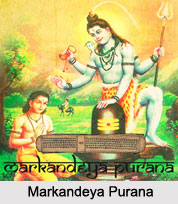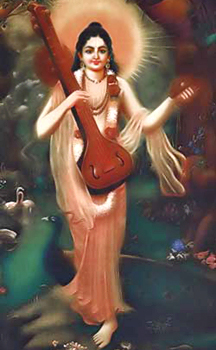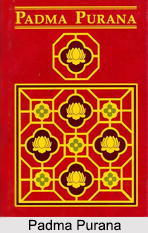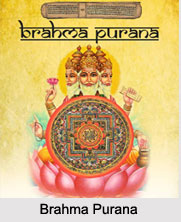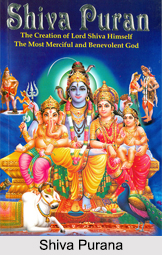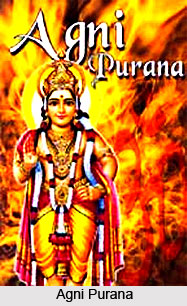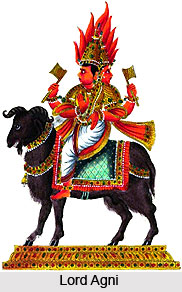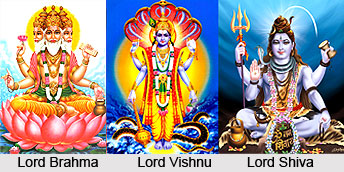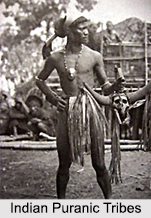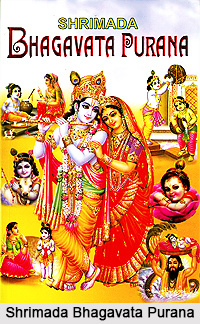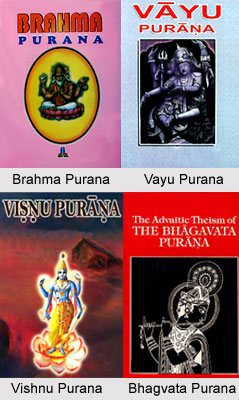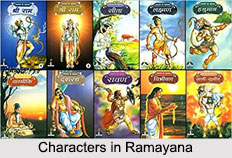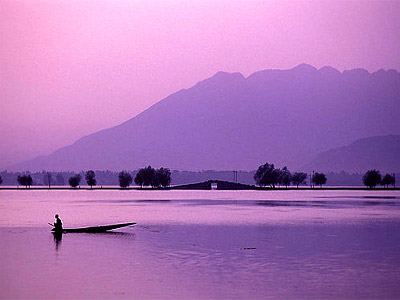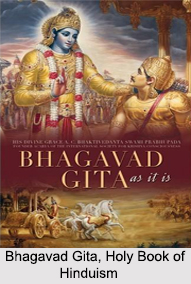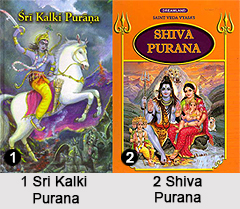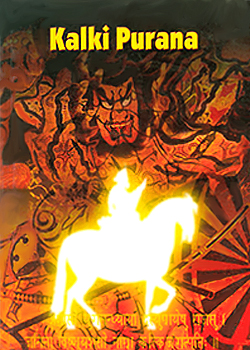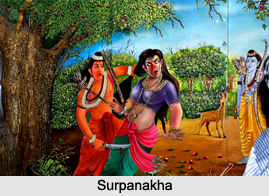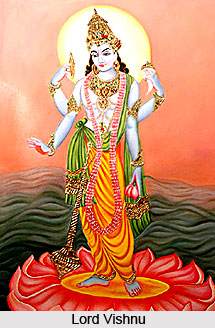 Agni Purana claims that by performing the rites of fire one attains all the desired objects in life. In order to perform the rite of fire at the beginning it is very necessary to construct a square pit. It is in the pit where the fire is lit. The pit should be constructed keeping in mind the accurate measurements. The objective of the fire rite will not be fulfilled if the pit is not constructed keeping in mind the measurements.
Agni Purana claims that by performing the rites of fire one attains all the desired objects in life. In order to perform the rite of fire at the beginning it is very necessary to construct a square pit. It is in the pit where the fire is lit. The pit should be constructed keeping in mind the accurate measurements. The objective of the fire rite will not be fulfilled if the pit is not constructed keeping in mind the measurements.
The next step in the fire rite involves constructing of a circular pit after the square pit or the altars are constructed. The Purana states that the results are better if the pit is made in the shape of a whirling crescent. Then lotus petals are placed and should make a sacrificial ladle of the size of an arm for performing of the Homa.
Lord Agni in his description of the fire rite says that the ground on which the pit is constructed should be level on all sides and should be lowered a little in the middle. The sacrificial ladle should have a handle. With the help of the handle the worshipper is supposed to recite the mystic syllable OM and gradually install the seat of Lord Vishnu.
Agni Purana narrates that having adorned the incarnate form of fire and remembered Hari he should carry on his rite of fire. All the vessels present in the ceremony should be purified with the sacred water. It is also essential that a worshipper carries out the purificatory rite of oneself during the ceremony. The entire fire rite involves the uttering of the mystic OM Mantra a several times.
Similarly it has been described that the worshipper should perform the prescribed portions of the Garbhadana and other rites. He should perform duly all the Vratas and Adhikaras. It is said that a worshipper should concentrate all the ingredients by reciting the mystic syllable OM. A Homa ceremony should be performed proportionate to the means of an individual.
Agni Purana recommends that a qualified person should carry out all the rites in presence of his wife. He should meditate on the deity in his heart and in other parts of his body and should offer sixty four oblations to the lord. Reciting of the word Bhousat along with the mystic Mantra is an essential part of the fire rite.
The next step in the fire rite is to boil the food which is to be offered to Vishnu after having worshipped the lord in the altar. Scented flowers should be offered to the lord as part of the ceremony. The oblation of clarified butter should be poured in various directions. The Homa ceremony should be performed in the centre. After this the worshipper is supposed to purify his disciples.
Then having united the disciples with his own self with the fetters of Avidya (ignorance) and Karma, the worshipper should adore the Lingam to which is bound consciousness. Then perceiving its true essence by Dhyana he should purify it with Vayu mantrams. He should then adore the creation of Brahmananda with Agni mantrams. Next he should meditate on all the articles which have been reduced to ashes in the pit.
The Fire God states that having meditated on his being born which is supported by Pranava and having made his form identical with mantras, the worshipper should perform the Nyasa rite. With the help of his dhyana or meditation the worshipper should realise in his heart that one is multiplied into many.
Finally the Agni says that the rite of fire concludes when the preceptor instructs his disciples to adore Hari or Vishnu. The disciples dedicate their souls and wealth to the lord. They are taught to call the lord with the name of Vishwaksena, the lord of sacrifices and the holder of conch, discus and the club. At the end the disciples place on their body the fire of the pit and pray that the hungry may attain all and may disappear unto Lord Vishnu.

